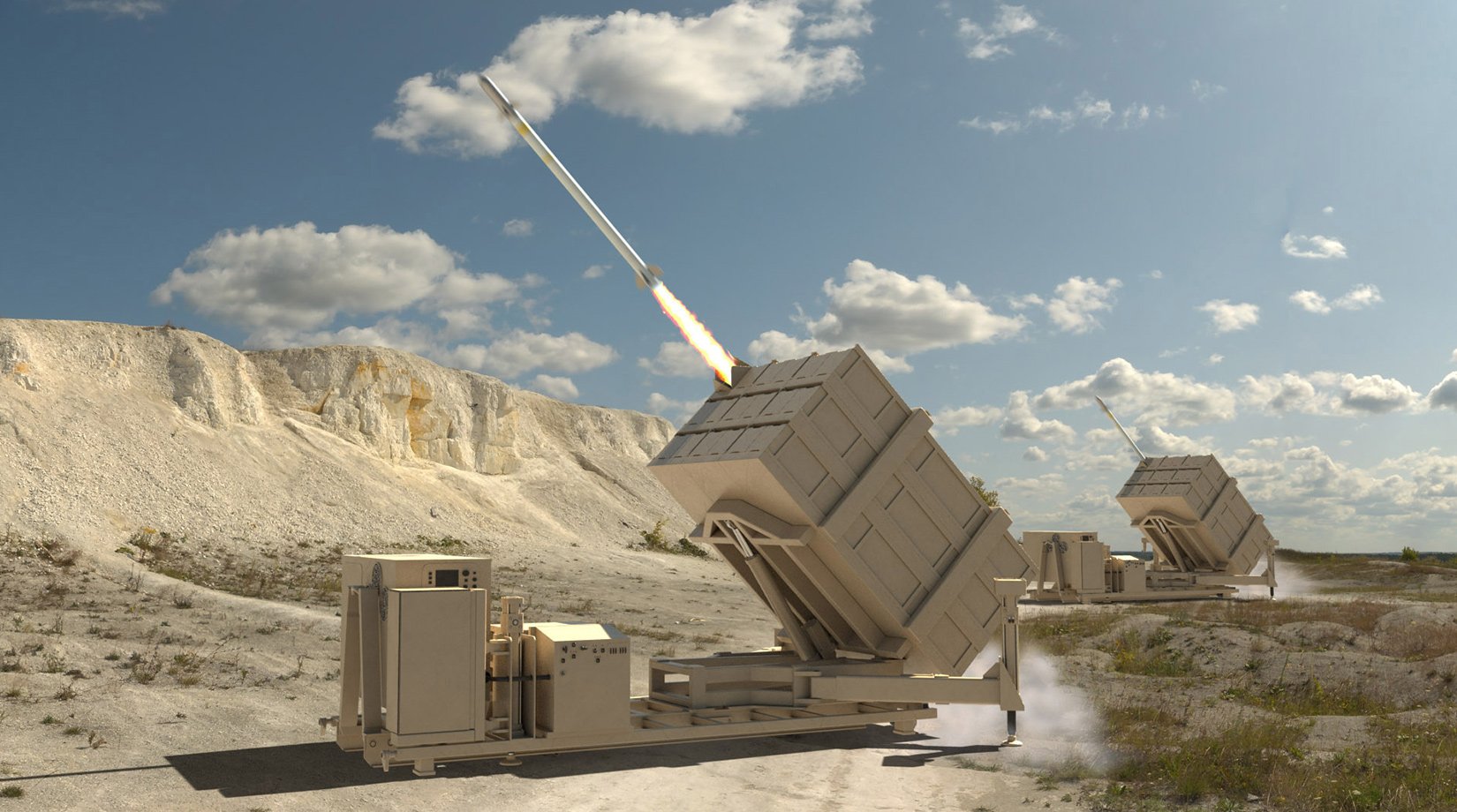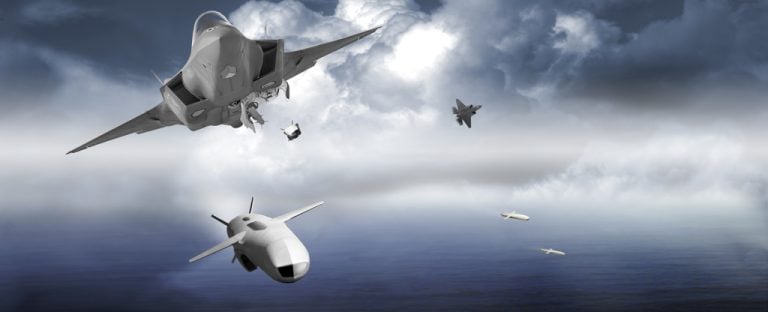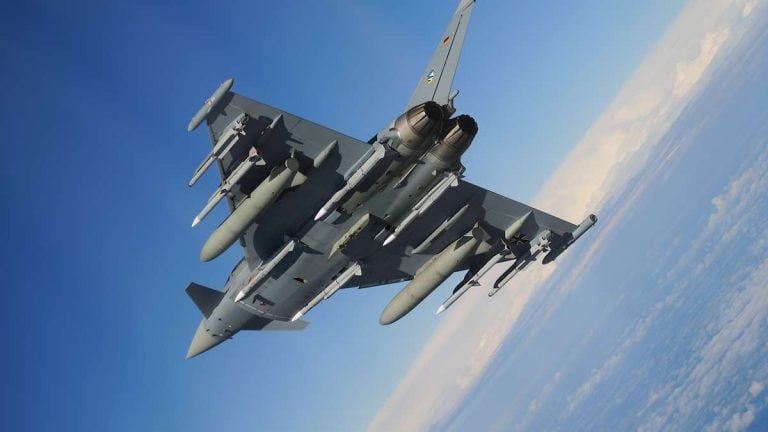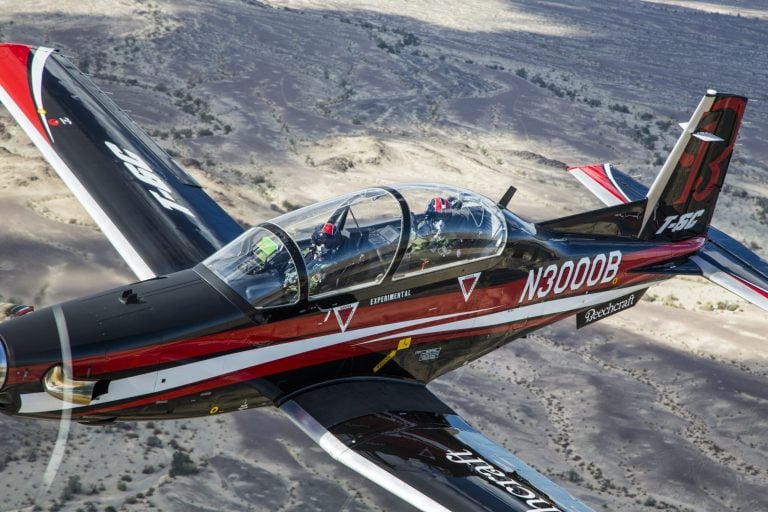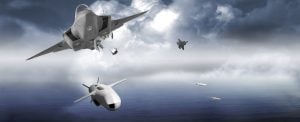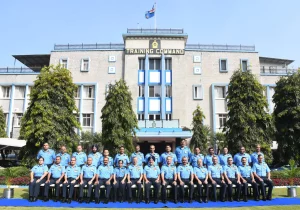The US Air Force is embarking on an innovative development initiative through a white paper request for the Counter-Air Missile Program (CAMP). This program aims to create a ground-launched missile system that has the potential to advance into a cost-effective air-to-air missile option.
Departing from conventional programs that focus on high performance, CAMP’s framework emphasizes several core tenets: affordability, modular design, and rapid production capabilities. The Air Force has set ambitious production targets, expecting to manufacture between 1,000 and 3,500 missiles each year, aiming for a unit cost of less than $500,000.
In line with these goals, the program seeks to utilize existing components that have reached a high level of technological readiness. This approach minimizes the need for extensive new designs and aims for an initial flight prototype within just nine months. The project is characterized as a risk-reduction effort, utilizing ground-launched prototypes to evaluate subsystems and integration methods prior to developing full-scale air-to-air versions.
CAMP also embraces modern engineering principles by emphasizing open architecture, software application programming interfaces (APIs), and features that can be exported to support allied forces. This reflects a strategic intention to create scalable and adaptable missile systems that can respond to diverse operational needs.
As part of this initiative, the Air Force is opening the door to nontraditional industry partners. There is a significant emphasis on creative solutions for requirements, integration, and testing, moving away from the traditional reliance on established prime contractors.
The program follows a phased development approach, with distinct stages designed to progressively build upon each previous step.
Phase 1 involves delivering a prototype of the ground-launched system that integrates current components to achieve basic functionalities while allowing for future upgrades. This phase aims to demonstrate vital flight characteristics, including performance, range, and speed, within 24 months of the contract award.
In the subsequent phase, the aim is to transition this prototype into a Program of Record for comprehensive research, development, testing, and eventual production. Following these initial phases, there are plans to evolve the ground-launched system into an air-to-air variant while maintaining the program’s focus on affordability and modularity. This systematic approach enables the Air Force to assess and refine the capabilities of components and subsystems in relevant environments before committing to full-scale production, which not only reduces risk but also accelerates deployment timelines.
CAMP is part of a broader initiative aimed at modernizing the US air-combat capabilities. A key component of this modernization is the AIM-260 Joint Advanced Tactical Missile (JATM), which is set to replace the existing AIM-120 Advanced Medium-Range Air-to-Air Missile (AMRAAM). The US Navy is expected to start procuring the AIM-260 in 2026, with plans to allocate approximately $309 million for its acquisition. Ongoing testing, including live-fire trials by the Navy’s Test and Evaluation Squadron VX-31, reinforce the missile’s long-range capabilities.
Meanwhile, the AIM-9X Sidewinder missile remains a critical asset for short-range engagements, with its Block II variant receiving substantial investments. A recent $736 million contract modification awarded to Raytheon aims to boost the production of the AIM-9X Block II to about 2,500 missiles annually, enhancing capabilities such as lock-on-after-launch, updated datalink features, improved seeking technology, and increased agility.
Together, these initiatives signify a pivotal moment in the evolution of the US military’s air combat arsenal, focusing on modernization through innovative systems that prioritize effectiveness and cost-efficiency.
